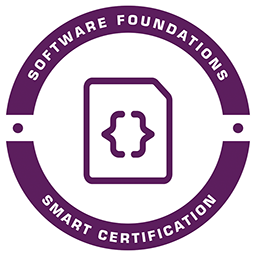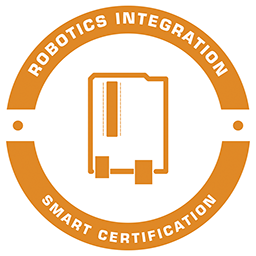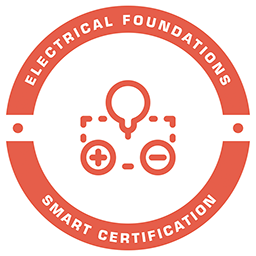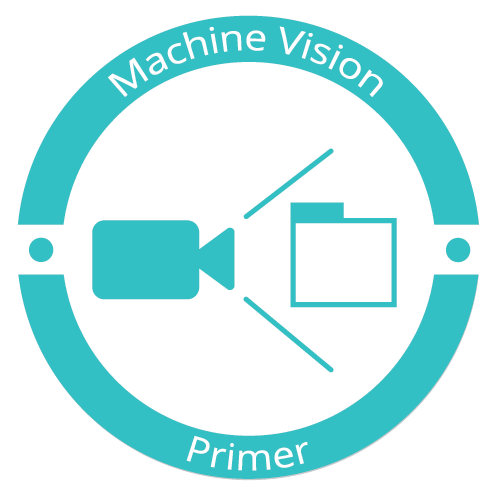Available Curricula for Arduino

Several of our courses leverage the Parallax ShieldBot, an Arduino Uno-based robot with a specialized “Board of Education Shield” that make it ideal for teaching mobile robotics and embedded systems. Unlike many educational robotics platforms that hide all electronics behind a plastic shell, the ShieldBot allows educators to provide students with a deeper understanding of the components, circuits, and signals that actually make technology work.
The Carnegie Mellon Robotics Academy partners with Parallax Inc. to offer Arduino-based professional development courses. Educators who enroll in our live online training receive a free robotics kit, generously supplied by Parallax Inc., as a way of lowering the barrier of entry into robotics.
Software Foundations with Arduino (ShieldBot)

Software Foundations is an introduction to programming concepts. Students who complete this curriculum demonstrate an understanding of the software engineering process through repeated planning, testing, and iteration throughout the units. Students also learn basic robot movement, how to use feedback from different kinds of sensors, and how to create complex programs using loops and decision-making logic.
Software Foundations is one of five courses developed under a research project funded by the ARM Institute, called the Smart Manufacturing and Advanced Robotics Training (SMART) Project. Please see Robotic Technician Curricula for more information.
Robotics Integration with Arduino (ShieldBot)

Robotics Integration introduces students to situations where technicians receive multiple components of a robotics system that require assembly, installation, and debugging. Students learn how to integrate components such as a vision sensor (camera) system, breadboard, servo motors, and embedded microprocessor from multiple hardware vendors. The learner will "unpack and test" components and refine “robot navigation programming" through this curriculum.
Robotics Integration is one of five courses developed under a research project funded by the ARM Institute, called the Smart Manufacturing and Advanced Robotics Training (SMART) Project. Please see Robotic Technician Curricula for more information.
Electrical Foundations with Arduino

Electrical Foundations focuses on the foundational concepts around basic electricity and how circuits work. In this course, students learn how to use multimeters to measure various parts of a circuit. Students learn how to control signals using a microcontroller, how to utilize binary sensors like Limit Switches, and analog sensors like an Ultrasonic Sensor. The culminating project is an e-panel consisting of all of the components found in a typical robotic system.
Electrical Foundations is one of five courses developed under a research project funded by the ARM Institute, called the Smart Manufacturing and Advanced Robotics Training (SMART) Project. Please see Robotic Technician Curricula for more information.
Machine Vision Primer

Learn how Machine Vision can be integrated into robotics systems to automatically perform tasks such as image detection and quality control. In this lesson, students start by configuring a camera sensor to send information over the network when it detects an anomalous object. Then students train a simulated machine vision system to perform visual quality control checks on parts coming off an assembly line, by monitoring its output and “teaching” it when it has made mistakes.
This material is based upon research supported by the National Science Foundation under Grant Number 1937063.